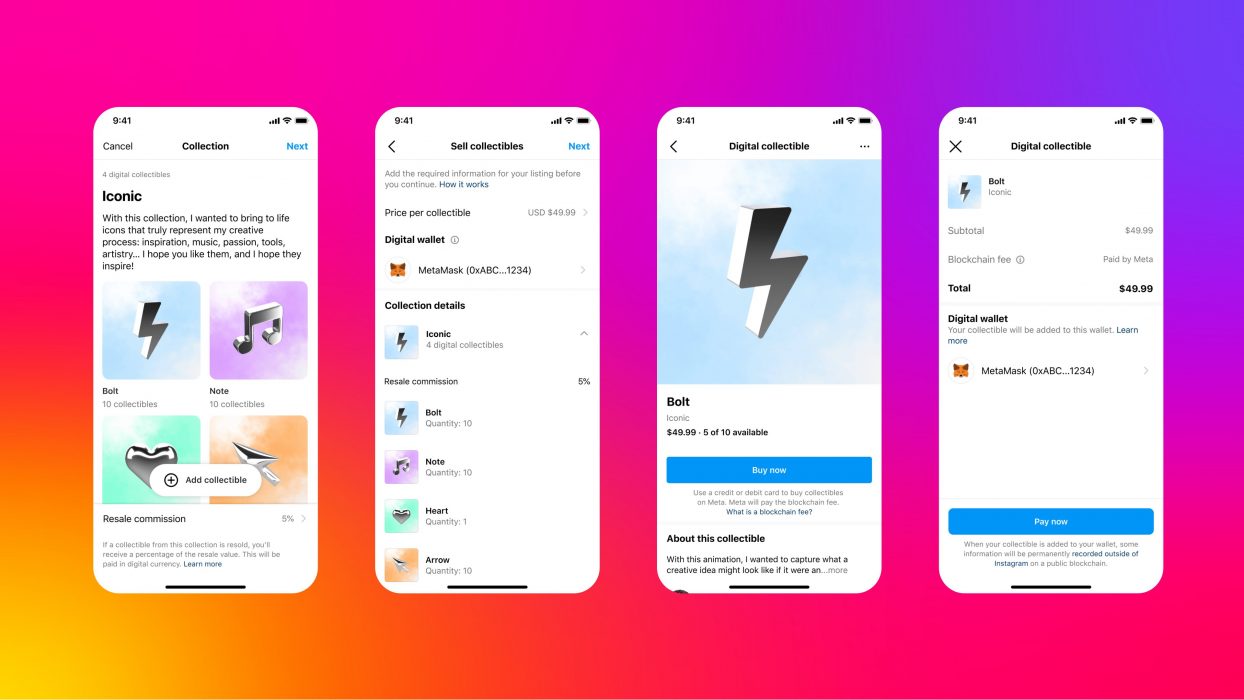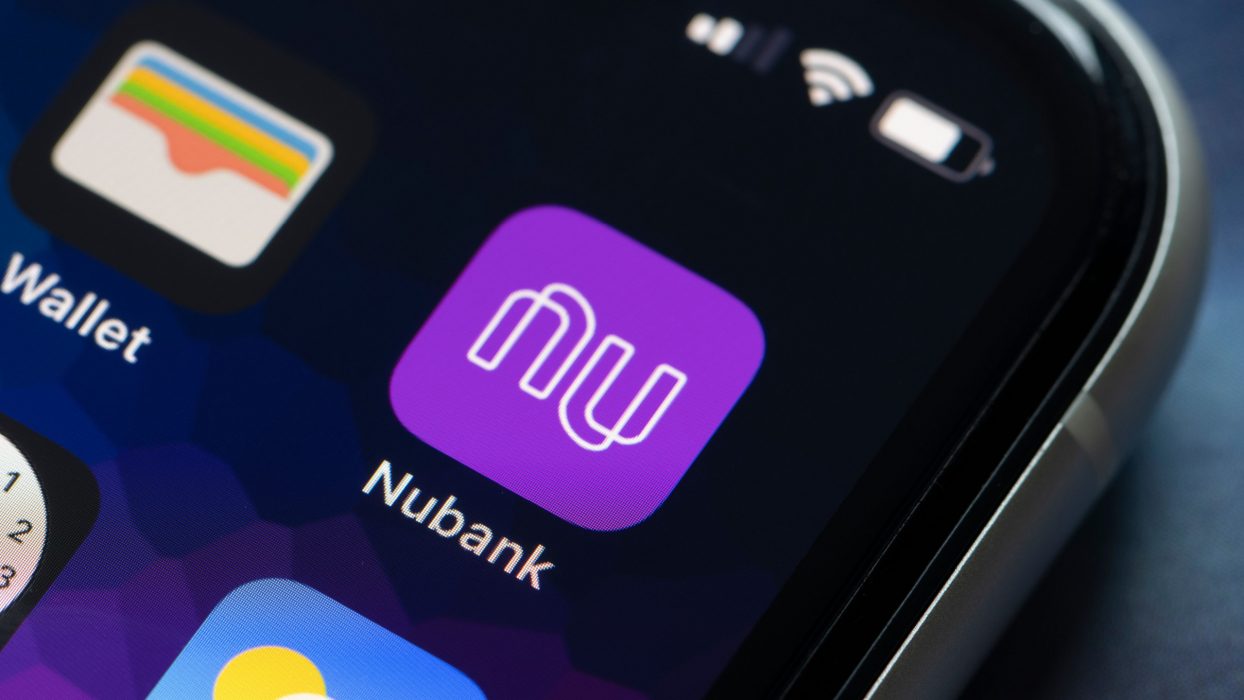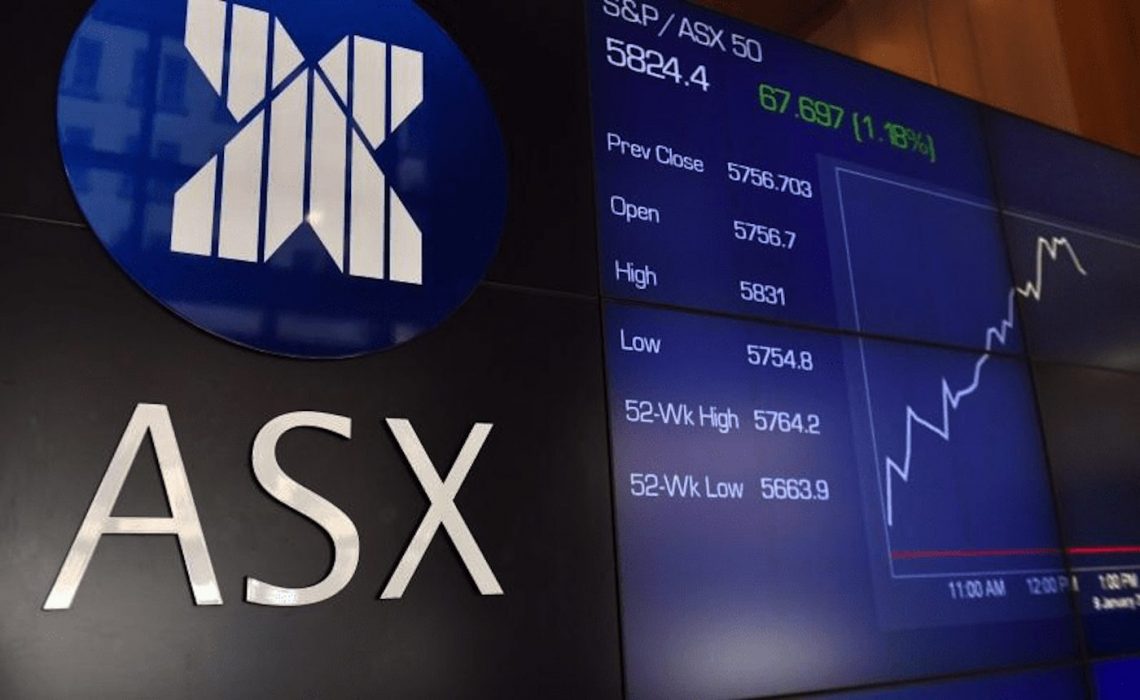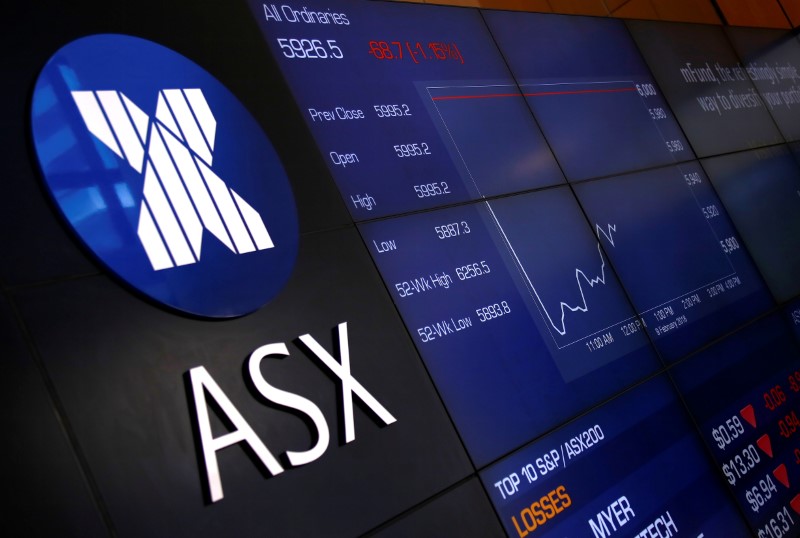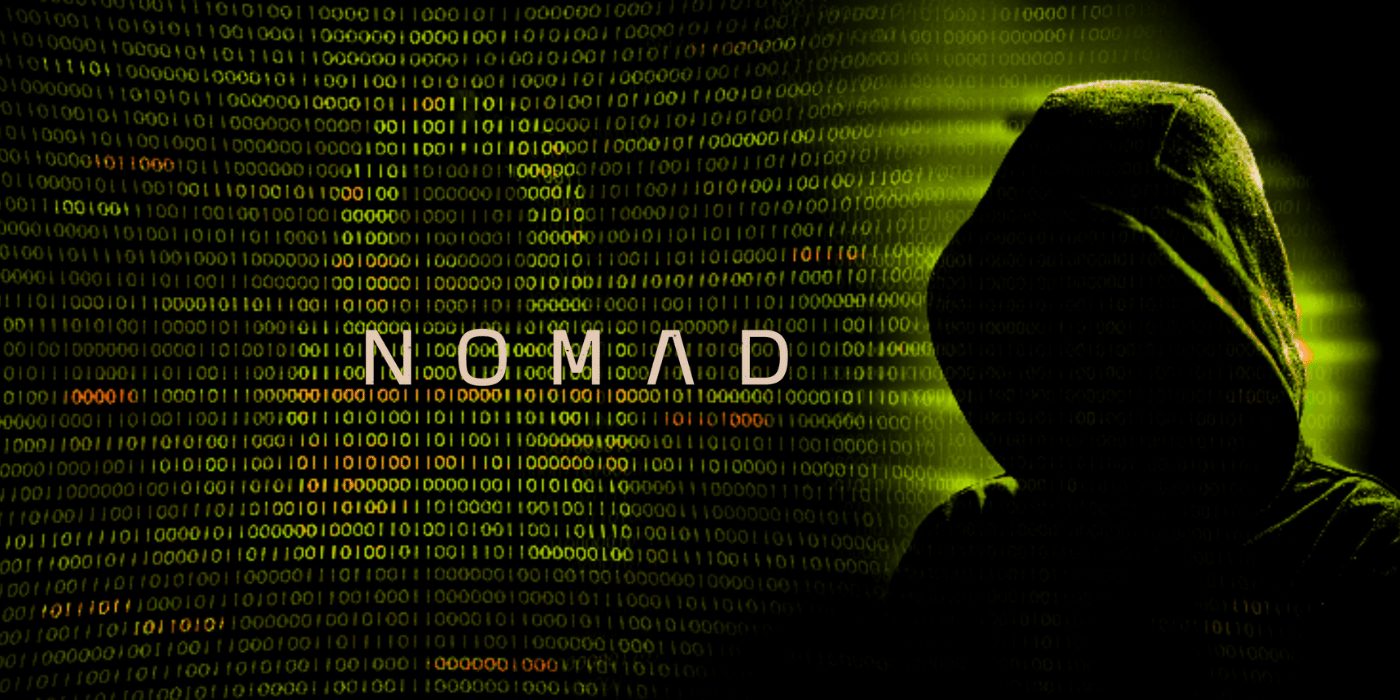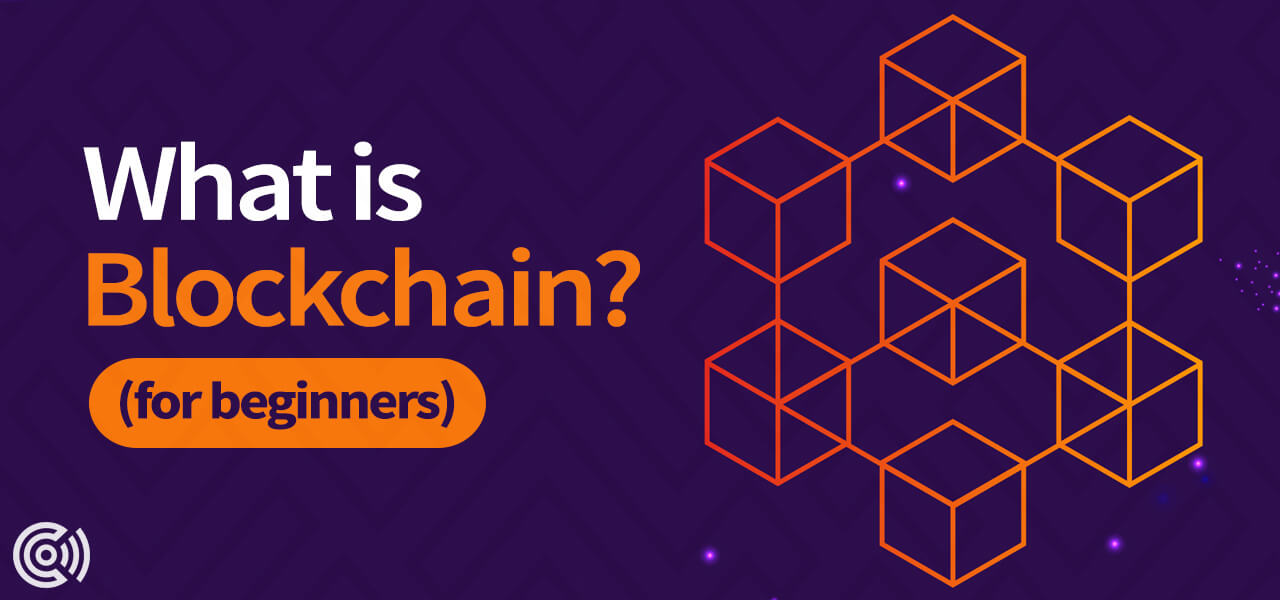The Australian Securities Exchange (ASX) announced Thursday morning that it would scrap the blockchain-based replacement for its ageing Clearing House Electronic Subregister System (CHESS) settlement and clearing system. The blockchain-based system had been in development for seven years and had already cost ASX in the order of A$250 million.
The new system had originally been scheduled to launch in 2021 but was delayed several times due to ongoing issues throughout its development.
ASX’s use of blockchain had been seen globally as a significant milestone in the adoption of the emerging technology, however, today’s announcement now marks a further blow to mainstream confidence in blockchain, coming on hot on the heels of the calamitous collapse of FTX last week.
Blockchain-based Replacement Abandoned After Scathing Report
The decision to scrap the blockchain-based system comes after a scathing report from Accenture found it wouldn’t be up to the task of replacing the existing CHESS.
The report, which was commissioned in August of this year, found that the software to run the new system was only 63 percent complete, despite having been in development since 2015.
Commenting on the findings of the report, ASX Chairman Damian Roche told the Australian Financial Review:
“The path we were on will not meet ASX’s and the market’s high standards. There are significant technology, governance and delivery challenges that must be addressed…On behalf of ASX, I apologise for the disruption experienced in relation to the CHESS replacement project over a number of years.”
Damian Roche, ASX Chairman
Setback for Australian Financial Infrastructure
The new blockchain-based system was to form a crucial part of Australia’s financial infrastructure. Its abandonment is a significant setback, and means Australian investors will be relying on the now 25-year old CHESS system for the foreseeable future.
Speaking on the abandonment of the new system, Governor of the RBA, Phillip Lowe said:
“The announcement by ASX after many years of investment by both ASX and industry is very disappointing. ASX needs to prioritise developing a new plan to deliver safe and reliable clearing and settlement infrastructure.”
Philip Lowe, RBA Governor
Back to Square One
ASX will now start over again looking for solutions to replace the CHESS system. ASX CEO, Helen Lofthouse said the search for new solutions will be conducted with an open mind, insisting it’s possible the new system may utilise some elements of the abandoned system, including using blockchain or some other distributed ledger technology (DLT):
“To be clear, the derecognition charge reflects the uncertainty of the future value of the current solution design. It does not prevent us from using parts of what we have already built if we determine there are adjustments we could make to our current design, which will enable it to meet ASX’s and the market’s high standards.”
Helen Lofthouse, ASX CEO
Former Westpac executive, Tim Whiteley, has been appointed by ASX to oversee the new search for a replacement for its CHESS system.
ASX says that until a suitable replacement is developed and rolled out it will continue to invest in and maintain the existing CHESS system.


